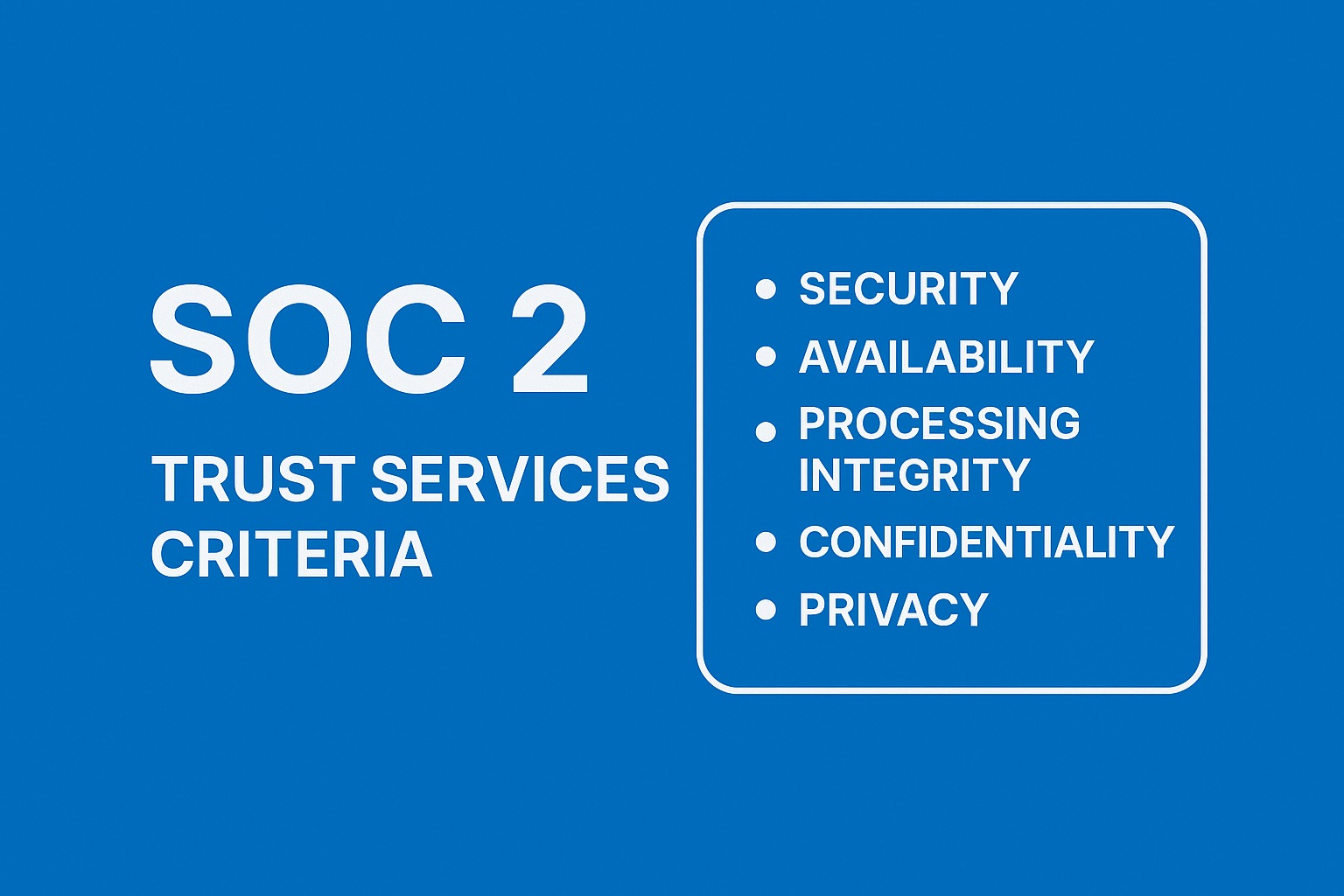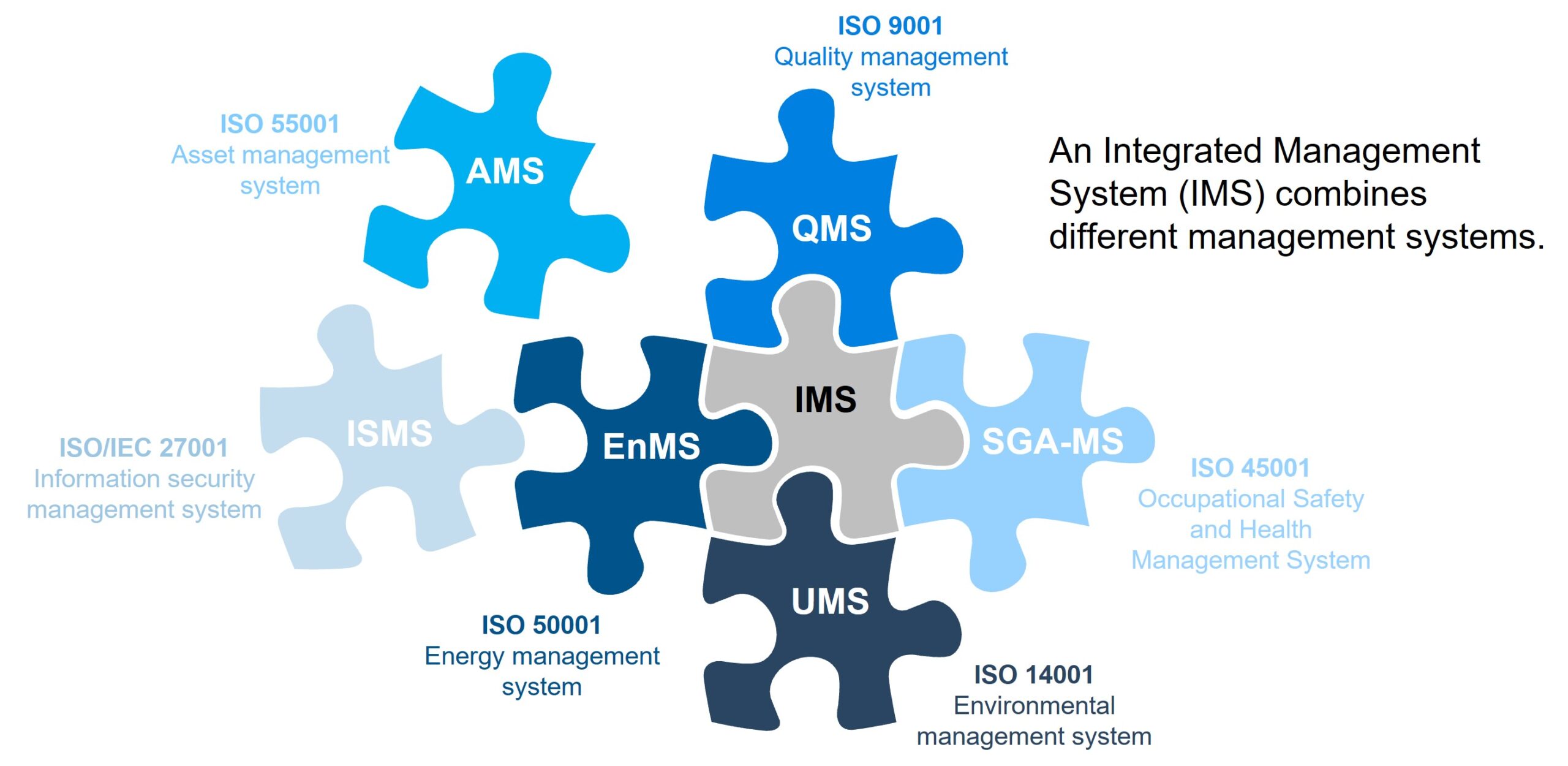What Is SOC 2?
SOC 2 (System and Organization Controls 2) is a cybersecurity compliance framework developed by the AICPA (American Institute of Certified Public Accountants). It’s designed for service providers that store, process, or transmit client data, especially in the cloud.
SOC 2 reports evaluate how well a company’s controls align with one or more of the five Trust Services Criteria (TSC):
- Security (Required)
- Availability
- Processing Integrity
- Confidentiality
- Privacy
SOC 2: Report Types
- Type I: Examines the design of controls at a specific point in time.
- Type II: Examines the operational effectiveness of those controls over a minimum of 3–12 months.
Trust Services Criteria (TSC): Deep Dive
1. SECURITY – The Foundation
Objective: Protect systems against unauthorized access, unauthorized disclosure of information, and damage to systems.
Key Controls:
- Firewalls, intrusion detection/prevention
- Multi-factor authentication (MFA)
- Security incident response plans
- Security awareness training
- Role-based access control (RBAC)
- Vulnerability management & patching
Audit Focus Areas:
- How you secure physical and logical access
- How you monitor and respond to threats
- Evidence of access reviews and logging
2. AVAILABILITY – System Uptime and Reliability
Objective: Ensure that systems are available for operation and use as committed or agreed.
Key Controls:
- Disaster Recovery (DR) plans
- Business Continuity Planning (BCP)
- Backup processes and testing
- System performance monitoring
- Uptime SLA tracking
Audit Focus Areas:
- How system uptime is monitored
- Recovery time objectives (RTO) and testing logs
- Incident and capacity planning reports
3. PROCESSING INTEGRITY – Accurate & Timely System Functions
Objective: Ensure system processing is complete, valid, accurate, timely, and authorized.
Key Controls:
- Input/output validation
- Transaction logging and reconciliation
- Automated workflow checks
- Change management processes
- Error handling protocols
Audit Focus Areas:
- Controls around data accuracy
- How errors are detected and corrected
- Audit trails of critical transactions
4. CONFIDENTIALITY – Controlled Data Sharing
Objective: Ensure information designated as confidential is protected according to agreements and expectations.
Key Controls:
- Data classification policies
- Encryption in transit and at rest
- Access restriction to confidential data
- Secure data disposal methods
Audit Focus Areas:
- Who has access to confidential data
- How data is encrypted and protected
- Evidence of NDA enforcement and data masking
5. PRIVACY – Protection of Personal Information
Objective: Collect, use, retain, disclose, and dispose of personal information in line with an organization’s privacy notice and data protection regulations (e.g., GDPR, CCPA).
Key Controls:
- Consent and data subject rights management
- Data retention and disposal schedules
- Privacy impact assessments (PIA)
- Secure customer data portals
Audit Focus Areas:
- How personal data is handled and shared
- Consent management systems
- Customer access/deletion request logs
Why SOC 2 Matters
- Builds Trust: Shows clients you’re serious about data protection.
- Market Advantage: Many enterprises demand SOC 2 before onboarding vendors.
- Continuous Improvement: Encourages better security operations and processes.





